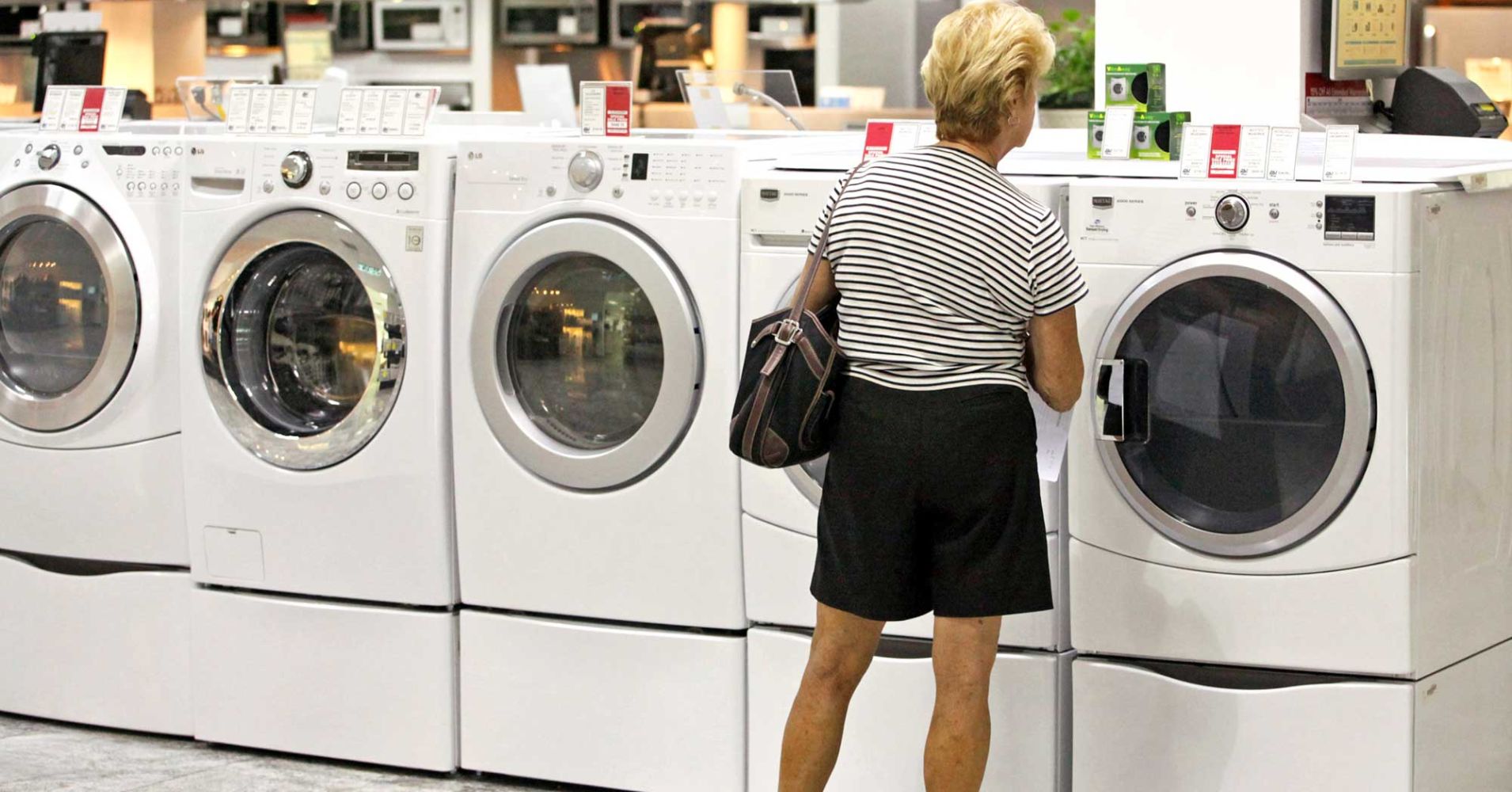New orders for key U.S.-made capital goods and shipments unexpectedly fell in May, but data for the prior month was revised higher, suggesting moderate growth in business spending on equipment in the second quarter.
Other data on Wednesday showed a sharp narrowing in the goods trade deficit last month, and solid increases in retail and wholesale inventories, the latest indications that the economy was accelerating this quarter after losing some steam at the start of the year.
There are, however, fears that escalating tensions between the United States and its major trade partners, including China, Mexico, Canada and the European Union, could hurt business sentiment, disrupt supply chains and undercut economic growth.
The Commerce Department said orders for non-defense capital goods excluding aircraft, a closely watched proxy for business spending plans, slipped 0.2 percent last month. Data for April was revised to show the so-called core capital goods orders surging 2.3 percent instead of the previously reported 1.0 percent rise.
Economists polled by Reuters had forecast core capital goods orders gaining 0.5 percent last month. Core capital goods orders increased 6.8 percent on a year-on-year basis.
Shipments of core capital goods dipped 0.1 percent last month after an upwardly revised 1.0 percent increase in April. Core capital goods shipments are used to calculate equipment spending in the government’s gross domestic product measurement.
They were previously reported to have gained 0.9 percent in April. The drop in core capital goods shipments last month, if sustained, suggests a small contribution to second-quarter GDP growth from business spending on equipment.
In another report on Wednesday, the Commerce Department said the goods trade deficit declined 3.7 percent to $64.8 billion in May as an increase in exports outpaced a rise in imports. The department also said wholesale inventories increased 0.5 percent in May and stocks at retailers gained 0.4 percent.
The trade and inventory data added to bullish reports on the labor market and consumer spending in suggesting that economic growth surged in the second quarter. Gross domestic product estimates for the April-June period are as high as a 4.7 percent annualized rate. The economy grew at a 2.2 percent pace in the first quarter.
The dollar was trading higher against a basket of currencies. Prices for U.S. Treasuries rose while U.S. stock index futures were little changed.
Despite May’s decline in core capital goods orders, business spending on equipment remains supported by the Trump administration’s $1.5 trillion income tax cut package, which came into effect in January.
But economists caution that the Trump administration’s protectionist trade policy could offset the fiscal stimulus.
President Donald Trump has imposed tariffs on steel and aluminum imports to protect domestic industries from what he says is unfair foreign competition. Trump has also said he would press ahead with hefty tariffs on $50 billion of Chinese imports and threatened to impose a 20 percent duty on all imports of European Union-assembled cars.
Trade partners, including China, Mexico, Canada and the European Union, have retaliated in kind.
Harley-Davidson Inc said on Monday it would move production of motorcycles exported to the European Union from the United States to its international facilities and forecast the trading bloc’s retaliatory tariffs would cost the company $90 million to $100 million a year.
The decline in orders last month was almost broad. Orders for electrical equipment, appliances and components tumbled 1.5 percent, the biggest drop in six months, after rising 2.1 percent in April.
Orders for computers and electronic products fell 0.1 percent while those for fabricated metals decreased 1.2 percent. There were also declines in orders for primary metals. But orders for machinery rose 0.3 percent, extending April’s 1.7 percent increase.
Overall orders for durable goods, items ranging from toasters to aircraft that are meant to last three years or more, dropped 0.6 percent in May as demand for transportation equipment fell 1.0 percent. That followed a 1.0 percent decrease in durable goods orders in April.
Orders for motor vehicles and parts plunged 4.2 percent last month, the biggest drop since January 2015, after advancing 1.2 percent in April.


 Signal2forex.com - Best Forex robots and signals
Signal2forex.com - Best Forex robots and signals




